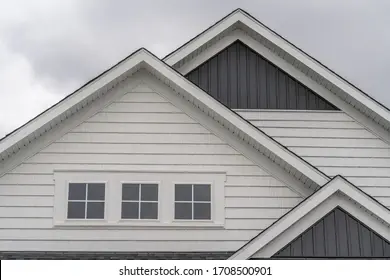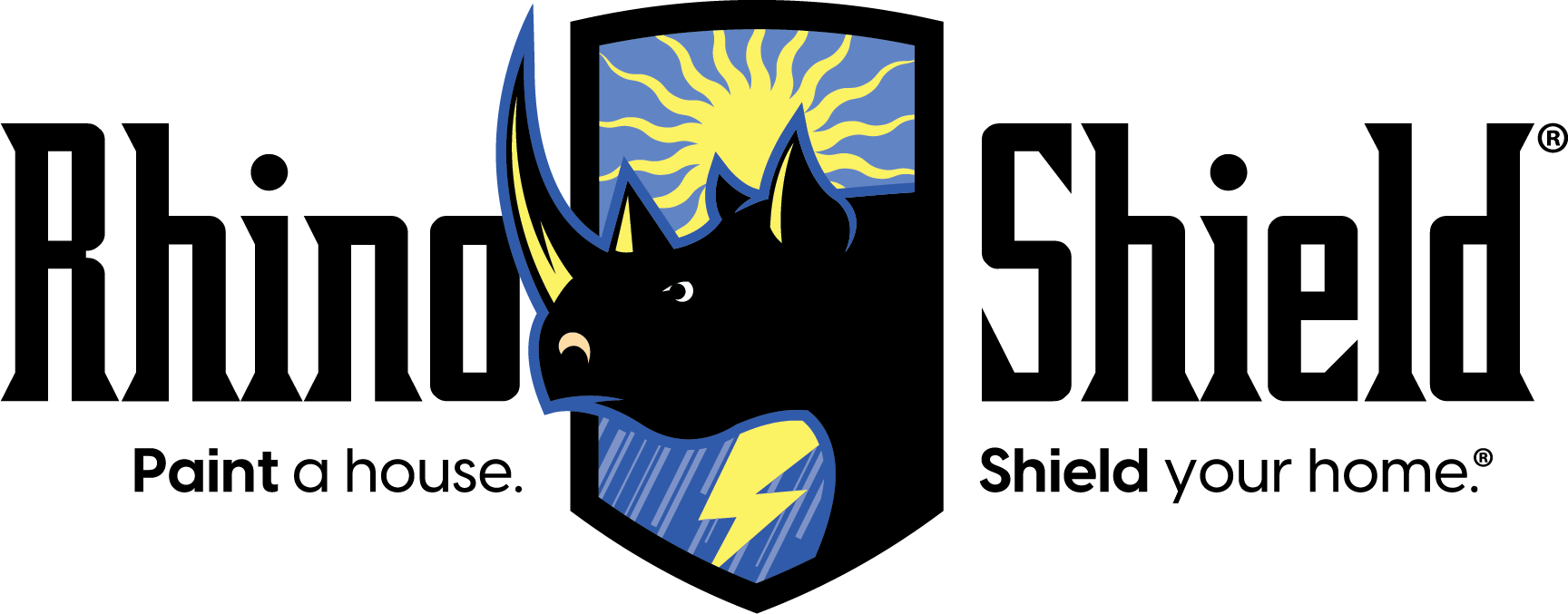
Hey there! If you're reading this, chances are you're dealing with the quirks of painting cement board siding. Maybe you've noticed the color of your siding isn't as vibrant as it once was, or it's starting to show signs of wear much sooner than expected. You're not alone in this! Many homeowners share your frustration, often asking, "Why does my siding paint fade so quickly?" or "Is there something wrong with the paint, or is it the siding?"
At Rhino Shield, we understand these challenges because we've been tackling them head-on for years. We’re not just experts in exterior coatings; we’re also homeowners like you, who want our homes to look great and last long. Today, we’re here to dive deep into the problems with painting cement board siding and offer solutions that can help you. By the end of this read, you’ll have a clear understanding of why these issues occur and how our advanced coating technology addresses them.
The pH Challenge in Cement Board Siding
What is pH and Why Does it Matter for Siding?
The pH level of a surface dictates how acidic or alkaline it is. For cement board siding, an ideal pH balance is crucial because a high alkalinity can severely affect paint adhesion and color stability.
How Inconsistent pH Values Affect Cement Board Siding
Cement board siding often suffers from high pH values, which means it's more alkaline. This high alkalinity is notorious for "burning" out the vibrant colors of your paint, leading to dull and faded surfaces far sooner than expected.
Real-world Effects of High Alkalinity on Paint
Imagine painting your dream home with the perfect shade only to see it lose its luster within a couple of years. That's the disappointment many face with alkaline substrates like cement board. The issue isn’t with your choice of paint or the application but with the nature of the material itself.
Color Degradation: A Major Concern
The rapid color fading of cement board siding is more than just an aesthetic issue; it’s a sign of deeper chemical interactions that are deteriorating your investment prematurely.
Industry Observations on Color Fading
Experts and blogs across the painting industry have noted this problem for over 15 years, consistently pointing to the high alkalinity of cement boards as the culprit behind rapid color degradation.
Personal Experiences: When Paint Loses Its Luster
Think about Tom and Linda, who painted their coastal home in Ocracoke, North Carolina sky blue. Within three years, the vibrant blue had turned to a washed-out pale. This isn’t just disappointing; it's frustrating when your investment doesn’t yield the expected return.
Rhino Shield’s Innovative Solutions
Specialized Colorants for Enhanced Longevity
At Rhino Shield, we've developed colorants that are specifically engineered to resist pH burn. Unlike typical paints, our coatings ensure that your home remains vibrant for years to come.
The Role of Cement Board Primers in Alkalinity Management
Our specially formulated primer acts as a barrier, significantly reducing the impact of alkalinity on the final coat. This means the true color you chose stays true for much longer.
Heat Retention Issues with Cement Board Siding
Cement board might look like wood, but it doesn’t behave like it when it comes to temperature. Its high heat retention can increase your cooling costs, especially in warmer months.
Comparing Thermal Properties: Cement Board vs. Wood
While wood naturally insulates and helps maintain consistent indoor temperatures, cement board absorbs and radiates heat, pushing your AC to work harder.
Impact on Energy Consumption and Comfort
Higher indoor temperatures mean more work for your air conditioning, higher energy bills, and less comfort during those hot summer days.
How Rhino Shield Addresses Heat Challenges
Our products not only beautify your home but also improve its energy efficiency. Thanks to our UV-reflective technology and low thermal conductivity, your home stays cooler and more comfortable, naturally.
The Water Absorption Issue with Cement Board
Although cement board won't rot like wood, it can absorb water, which leads to significant problems. When moisture gets into the cement board, it can cause issues like mold inside the house, leading to potential health hazards and structural damage.
Rhino Shield's wind-driven rain and water sealing technologies offer superior protection against moisture absorption. Our coatings help keep water out, preventing mold growth and other moisture-related problems. Unlike cheap paints that fail to seal properly, our solutions provide a robust barrier against water infiltration.
FAQs
Q: How often should I repaint cement board siding? A: It varies based on exposure and product quality, but with Rhino Shield, you'll need to repaint less frequently thanks to our durable formulas.
Q: Can I apply Rhino Shield over existing paint? A: Absolutely, but make sure to consult with a professional to ensure your siding is in good condition and properly prepared.
Conclusion
We’ve covered the main challenges of cement board siding and how Rhino Shield tackles them. Remember, while our solutions are effective, they might not be for everyone. If you're looking for a quick fix or a temporary solution, other products might better suit your needs. But if you're in for the long haul, wanting a durable and vibrant home exterior, we’re here to help.
Understanding the specifics of what you're dealing with can save you time, money, and a lot of headaches. Thanks for taking the time to learn about cement board siding with us. Here’s to making informed decisions that keep your home looking great and functioning well!
If you’re interested in Rhino Shield’s exterior coating, you can get a free, no-obligation quote by filling out the form below.

